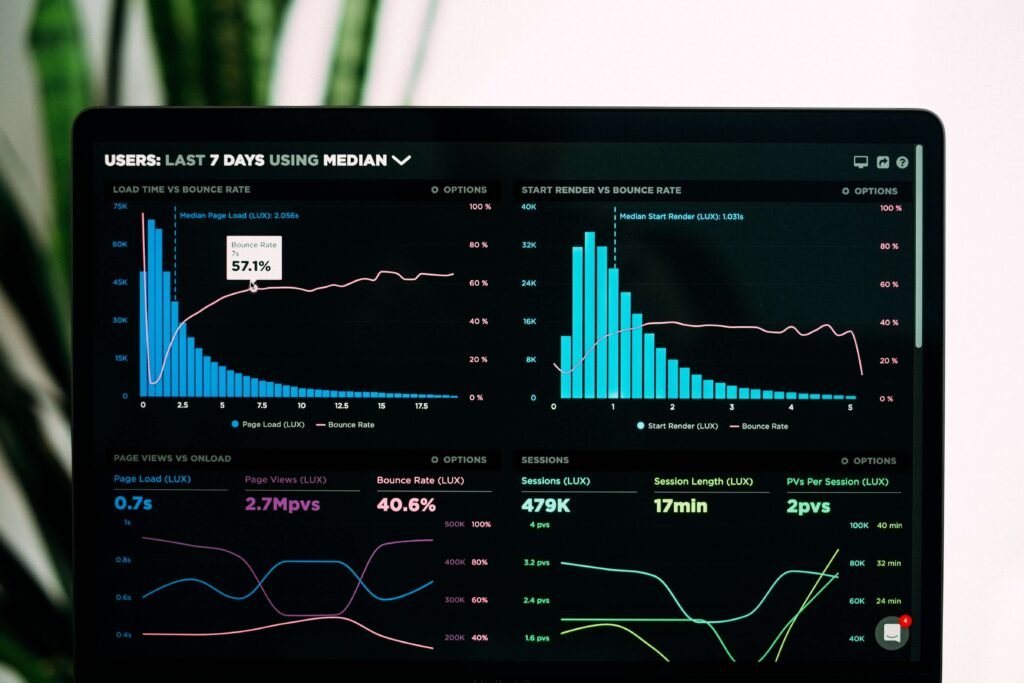Augmented Analytics
Cloud
IoT Lab
SAP Integration
Enterprise App
Augmented Analytics is “the next wave of disruption in the data and analytics business that executives should aim to adopt,” according to Gartner. In essence, Augmented Analytics (AR) is an advanced data analytics solution that incorporates Artificial Intelligence (AI), or more precisely, Machine Learning and Natural Language Processing, for data processing and analysis, as well as insight development. AR is essentially the next phase in the evolution of Business Intelligence as a Service, but with a focus on Artificial Intelligence rather than human processing.

ADVANTAGES
The most substantial advantages of Augmented Analytics
Machine Learning
Augmented Intelligence software can automatically process enormous volumes of internal and external data using powerful Machine Learning techniques.
Artificial Intelligence.
Augmented Analytics software uses Artificial Intelligence-based technology to evaluate extracted data, provide insights, and make predictions.
Natural Language Processing
Augmented Analytics is able to deliver quick replies in natural language to users’ inquiries thanks to inbuilt Natural Language Processing technology, substantially lowering reporting time and speeding up operational procedures.
The following are some of the advantages of adopting Augmented Analytics:
1. Being an offshoot of Business Intelligence but with more emphasis on automation, Augmented Analytics helps companies to get the most out of their data with ML and NLP. With its deep data analysis capabilities, Augmented Analytics software is able to perform data-driven tasks faster and more efficiently, requiring significantly less technical competency from companies’ employees, hence reducing expenses. The software processes all types of data, identifying patterns, correlations, expected results as well as analyzing location dependency networks and market trends.
2. Predictive Modelling
Augmented Analytics allows companies to make more accurate predictions and drive improved performances. Augmented Analytics-powered systems can analyze huge amounts of data from various sources inside and outside the organization and make accurate forecasts based on the analyzed information. As a result, the technology improves customer experience by enhancing personalization rates, product suggestions, and search recommendations.
3. Smart Data Visualization
Augmented Analytics provides companies with smart data visualization, which transforms complex data in easy-to-understand forms such as tables, numbers, descriptions, and other visual materials. Additionally, Augmented Analytics is able to translate the query and return the results in a natural language report with comprehensive visualisations. As a result, users can easily understand complex information presented in a report, thereby saving a significant amount of time.
